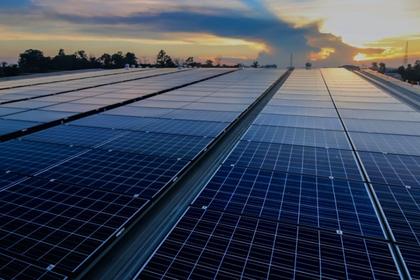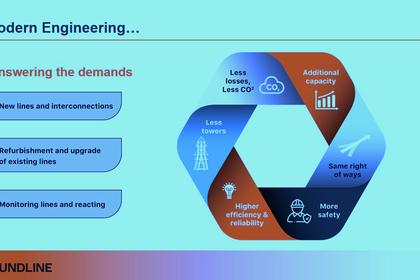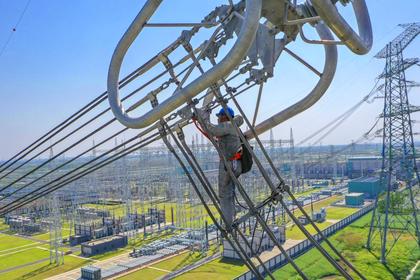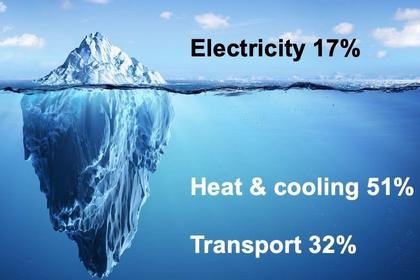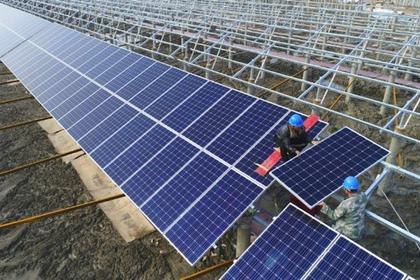
INTEGRATED ELECTRIFICATION OF TRANSPORT
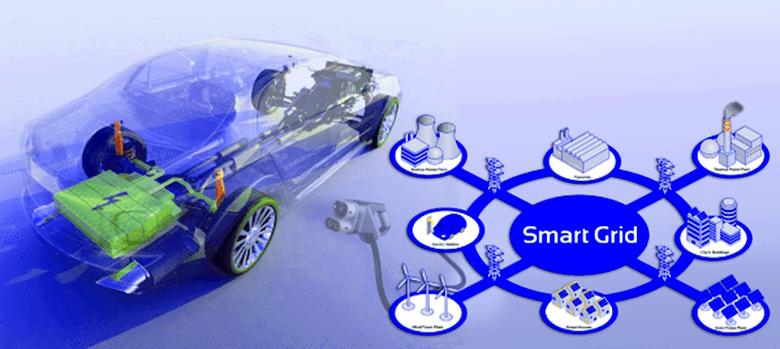
By CHANGIZ SADR, P.ENG, FEC, CISSP Director, Cyber Security Global Alliance (CSGA)
ENERGYCENTRAL - Aug 14, 2023 - Introduction: The global drive to reduce greenhouse gas emissions and embrace sustainable transportation has placed electrification at the forefront of the transportation sector. Electric Vehicles (EVs) have emerged as a pivotal solution, offering a cleaner and more efficient alternative to traditional internal combustion engine vehicles. However, the successful integration of EVs into existing transportation systems requires comprehensive consideration across various dimensions, including load management, infrastructure development and support, regulatory frameworks, customer engagement, and effective communications strategies. This article explores the multifaceted aspects of transportation electrification, highlighting key drivers behind its adoption and seamless integration, with a specific focus on load management and infrastructure support.
Electric Vehicles: Revolutionizing Sustainable Mobility: EVs are reshaping mobility with their multitude of benefits. With zero-emission operation, EVs significantly reduce carbon footprints and improve air quality in urban areas. Powered by rechargeable batteries, they offer quieter rides, reducing noise pollution and creating a more peaceful environment. Continuous advancements in battery technology, including increased range and faster charging times, have further solidified the appeal and practicality of EVs for everyday use, making them an increasingly attractive choice for eco-conscious individuals.
Load Management: Balancing Power Demand: As the number of EVs on the road continues to rise, the increased power demand presents challenges to electricity grids. However, innovative load management strategies offer solutions to ensure the seamless integration of EV charging infrastructure while maintaining grid stability.
Smart charging solutions play a crucial role in load management. These intelligent systems utilize advanced communication technologies to optimize charging patterns based on grid conditions and electricity supply. By leveraging real-time data and sophisticated algorithms, smart charging helps distribute the charging load more efficiently, preventing grid overload and ensuring a balanced power supply.
Demand response programs incentivize EV owners to adjust their charging behaviour in response to grid conditions, utilizing time-of-use tariffs or financial incentives. This approach helps shift the charging load to periods when the grid has surplus capacity, reducing strain during peak times.
Vehicle-to-grid (V2G) technology allows EVs to not only draw energy from the grid but also discharge excess energy back into it. This bi-directional flow of electricity enables EVs to serve as mobile energy storage units, contributing to grid stability and supporting the integration of renewable energy sources.
Infrastructure Support: Building the Charging Network: The growth of the electric vehicle market demands a comprehensive and accessible charging infrastructure network. Level 1, Level 2, and DC fast charging stations provide different capabilities and charging times. Deploying these stations requires strategic planning, addressing infrastructure limitations, and managing electrical capacity demands.
Public-private partnerships play a vital role in expanding the coverage and accessibility of charging infrastructure. Collaborations foster charging networks that cater to the needs of EV owners. Investment in charging infrastructure is essential to accelerate deployment and support market growth.
Regulatory Frameworks: Fostering EV Adoption: Effective regulatory frameworks drive EV adoption by incorporating government policies, incentives, and regulations. Harmonized charging standards, grid integration regulations, and streamlined permitting processes facilitate the development of charging infrastructure.
Customer Collaboration: Empowering EV Owners: Engaging customers and addressing their needs and concerns accelerate the EV transition. Strategies include educating customers about EV benefits, offering seamless charging solutions through collaborations between automakers, utilities, and charging service providers, and providing clear and accessible information.
Communications: Spreading the EV Message: Effective communications strategies create awareness and foster public acceptance of EVs. Successful public awareness campaigns, community engagement initiatives, and accessible information about charging options and incentives play a crucial role.
Conclusion: The electrification of transportation requires a multi-faceted approach. By focusing on EV technology, load management, infrastructure support, regulatory frameworks, customer collaboration, and impactful communications, we can accelerate the transition to cleaner and more sustainable transportation systems. Governments, industries, and stakeholders must work together to create an enabling environment that promotes EV adoption, supports grid resilience, and ensures a seamless charging experience. With concerted efforts, we can unlock the full potential of electric mobility and pave the way for a greener future.
-----
This thought leadership article was originally shared as part of the Energy Central Special Issue - Electrification in Transportation - July/August 2023. The communities are a place where professionals in the power industry can share, learn and connect in a collaborative environment. Join Energy Central today and learn from others who work in the industry.
------
Earlier:
